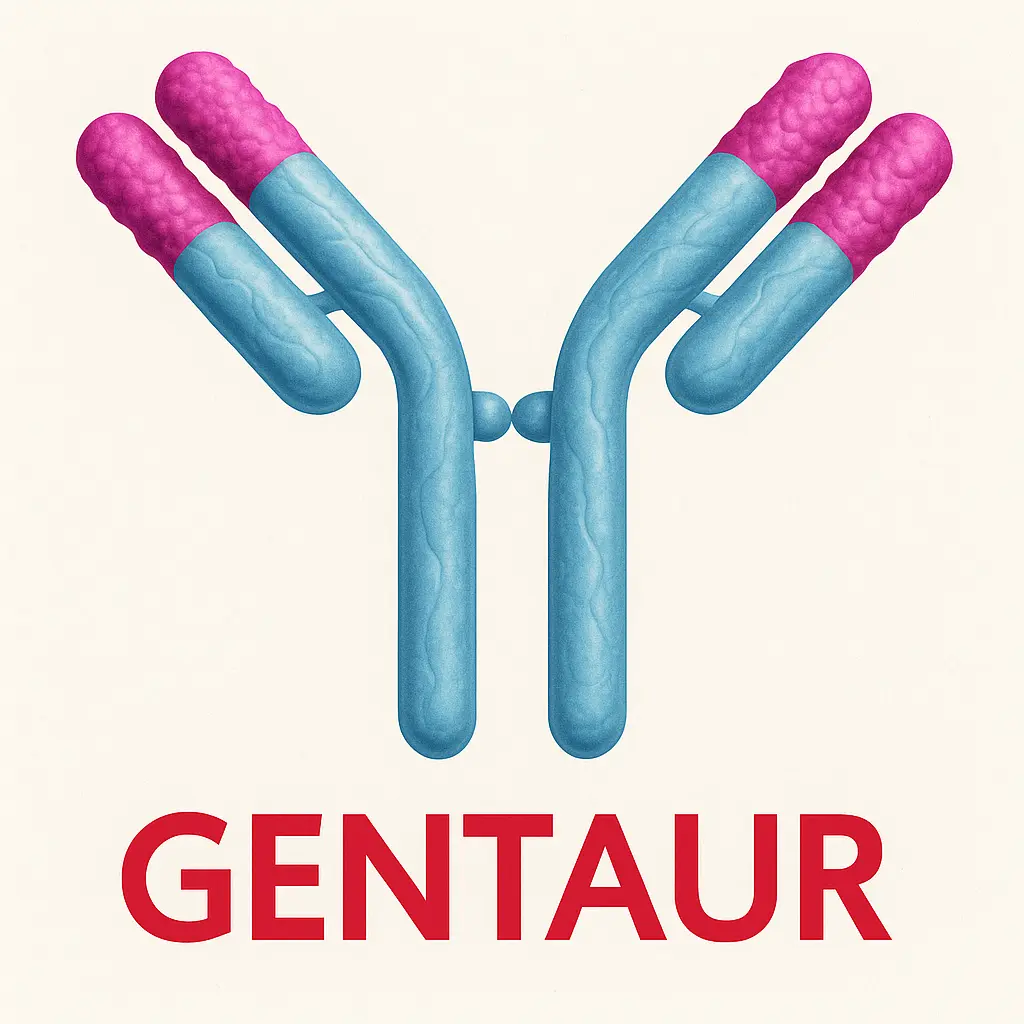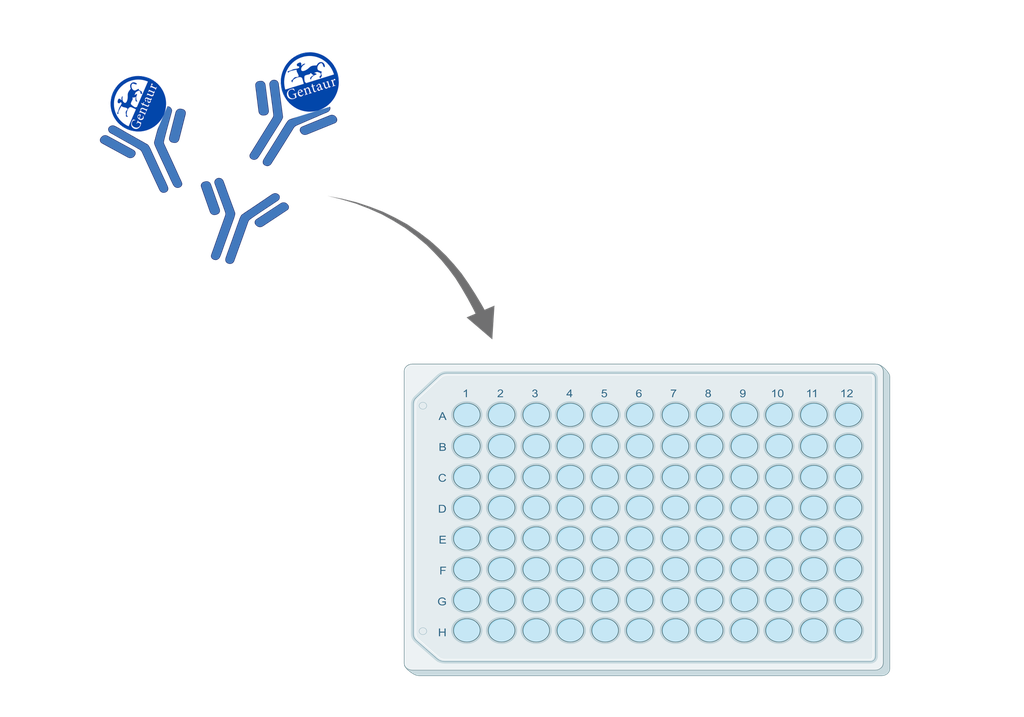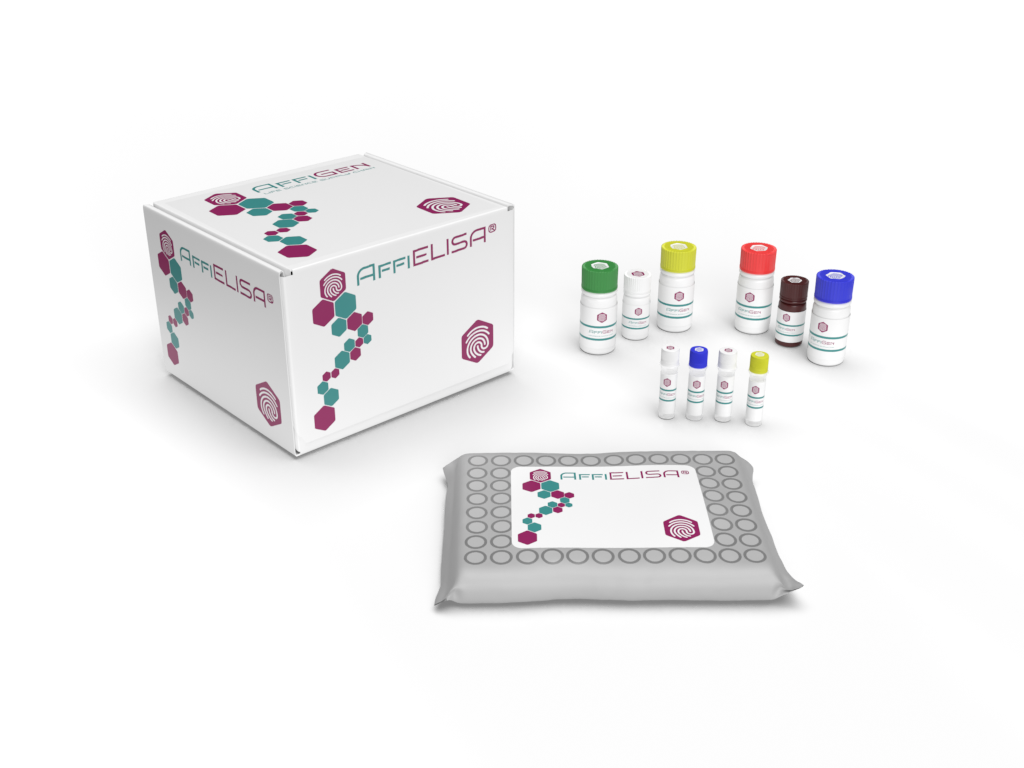ELISA ADAM10 anti-
Overview of ADAM10 ELISA Kit
The ADAM10 ELISA Kit is a highly specific and sensitive enzyme-linked immunosorbent assay designed for the quantitative measurement of ADAM10 (A Disintegrin and Metalloprotease 10) in biological samples. ADAM10 is a type of metalloprotease enzyme that plays a critical role in the cleavage of various membrane-bound proteins, including Notch receptors, and is implicated in processes such as cell signaling, adhesion, and inflammation. It is also involved in several diseases, including cancer, Alzheimer's disease, and cardiovascular disorders.
Components:
- Coated Wells: Microplate wells pre-coated with antibodies specific to ADAM10.
- ADAM10 Standards: Known concentrations of ADAM10 to generate a standard curve for quantification.
- Sample: The biological sample (e.g., serum, plasma, cell culture supernatant) containing ADAM10.
- Conjugate: A secondary antibody linked to an enzyme (typically horseradish peroxidase, HRP), which binds specifically to ADAM10 in the sample.
- Substrate Solution: A chromogenic or fluorogenic substrate that reacts with the enzyme, producing a detectable signal (color change or fluorescence).
- Wash Buffer: Used to wash away unbound substances during the assay, reducing background noise.
Principle:
The ADAM10 ELISA Kit follows the sandwich ELISA technique. The process begins with the capture antibody, which binds to ADAM10 in the sample. After adding the conjugated secondary antibody (which is specific for a different epitope on ADAM10), the complex is allowed to react with a substrate. The enzyme linked to the secondary antibody reacts with the substrate, resulting in a measurable colorimetric or fluorescent signal. The intensity of the signal is directly proportional to the amount of ADAM10 present in the sample.
Steps:
- Coating: Wells of the microplate are coated with a capture antibody specific to ADAM10.
- Blocking: The uncoated surface of the wells is blocked with a non-specific protein solution to prevent background binding.
- Incubation: The sample is added to the wells, where ADAM10 binds to the capture antibody. Afterward, a secondary antibody conjugated with an enzyme (e.g., HRP) is added.
- Washing: Unbound proteins are removed by washing the wells.
- Substrate Addition: The enzyme substrate is added, and the reaction generates a colorimetric or fluorescent signal.
- Measurement: The signal intensity is measured using a microplate reader at the appropriate wavelength (e.g., 450 nm for colorimetric assays).
Applications:
- Quantification of ADAM10 in various biological fluids like serum, plasma, and cell culture supernatants.
- Studies on ADAM10’s role in cancer and other diseases, such as Alzheimer’s disease, cardiovascular diseases, and inflammation.
- Evaluating therapeutic interventions targeting ADAM10 in drug discovery research.
- Biomarker development for ADAM10 in clinical diagnostics.
Sensitivity and Specificity:
The ADAM10 ELISA Kit is highly sensitive, enabling the detection of low concentrations of ADAM10 in complex biological samples. It also exhibits high specificity, ensuring that only ADAM10 is detected with minimal cross-reactivity from other related proteins.
Advantages:
- High precision and reproducibility in detecting ADAM10 levels.
- User-friendly with minimal sample preparation required.
- Fast assay time (typically 2-3 hours).
- Reliable and quantitative results for both high and low levels of ADAM10.
- Broad applicability for basic research, clinical studies, and drug development.
The ADAM10 ELISA Kit is an essential tool for researchers studying ADAM10's biological functions and its role in disease mechanisms. It is particularly valuable in understanding ADAM10’s contribution to cell signaling pathways, which are critical in cellular processes like differentiation, apoptosis, and immune response.
Our latest content
Check out what's new in our company !


